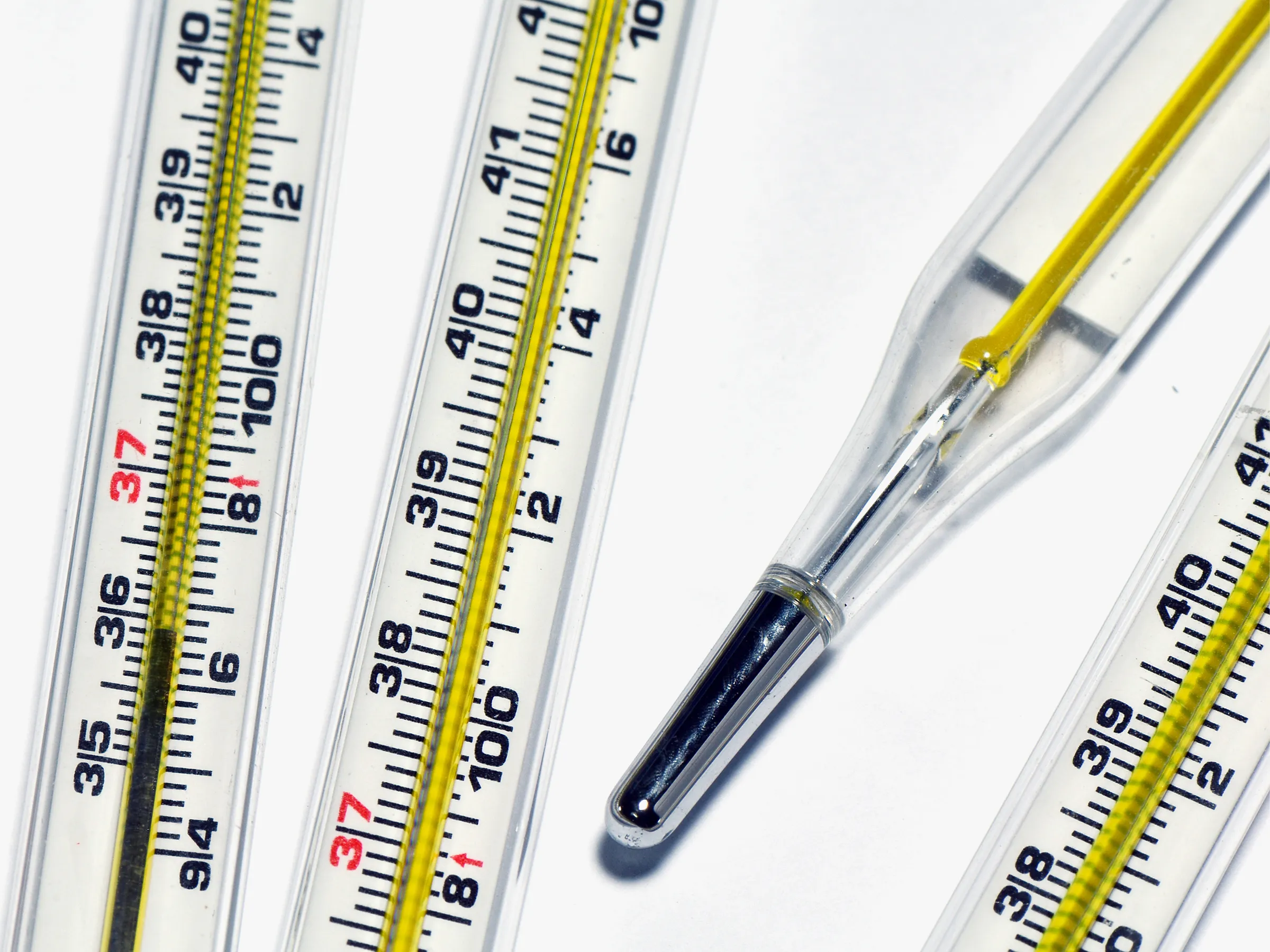
1. Rectal Temperature
- Accuracy: Most accurate.
- Explanation: Rectal temperature is considered the gold standard, especially in infants and young children. It closely reflects core body temperature.
- Considerations: It is more invasive and less comfortable but provides a reliable measurement. It’s especially recommended when precise measurement is critical, such as in infants, elderly, or critically ill patients.
2. Oral Temperature
- Accuracy: Very accurate, but slightly less so than rectal.
- Explanation: Oral temperature is a good estimate of core temperature, though it can be influenced by factors like breathing, eating, drinking, or smoking. It’s typically 0.3°C to 0.5°C lower than rectal temperature.
- Considerations: The patient must keep the thermometer under their tongue with their mouth closed, which might be difficult for some patients.
3. Ear (Tympanic) Temperature
- Accuracy: Accurate, with some variability.
- Explanation: Ear thermometers measure the infrared heat emitted by the eardrum, which is a good reflection of core body temperature. However, accuracy can be affected by earwax, improper positioning, or the presence of ear infections.
- Considerations: Easy and quick to use, making it popular in clinical and home settings, but requires proper technique to ensure accuracy.
4. Forehead (Temporal) Temperature
- Accuracy: Moderately accurate.
- Explanation: Forehead thermometers measure the infrared heat emitted by the temporal artery. While less invasive, they are more susceptible to external factors like sweat, ambient temperature, and improper use, leading to slightly less reliable readings compared to ear or rectal methods.
- Considerations: Non-invasive, quick, and comfortable, making it ideal for screening, especially in children, but it may not always provide the most precise measurement of core body temperature.
5. Armpit (Axillary) Temperature
- Accuracy: Least accurate.
- Explanation: Armpit temperature is usually 0.5°C to 1°C lower than core body temperature. It can be less reliable due to its external location and the fact that it can be influenced by environmental factors and the presence of sweat.
- Considerations: While it’s the least invasive and easiest to measure, it’s also the least accurate, making it less ideal for critical assessments. It’s often used for screening purposes or in settings where more accurate methods are impractical.
Summary of Accuracy Ranking:
- Rectal Temperature: Most accurate, best reflects core body temperature.
- Oral Temperature: Very accurate but can be affected by recent intake of food/drink.
- Ear (Tympanic) Temperature: Accurate if properly positioned, but can be affected by ear conditions.
- Forehead (Temporal) Temperature: Moderately accurate, good for quick screenings but less reliable under certain conditions.
- Armpit (Axillary) Temperature: Least accurate, often lower than core temperature and affected by external factors.
Practical Considerations:
- Rectal temperature is ideal for accuracy, especially in clinical settings where precise measurement is crucial.
- Oral and ear temperatures offer a good balance between accuracy and comfort, suitable for most patients.
- Forehead temperature is convenient and non-invasive, making it popular for quick checks, especially in children.
- Armpit temperature is the least invasive and can be useful for quick, non-critical assessments, but is not recommended when accuracy is crucial.